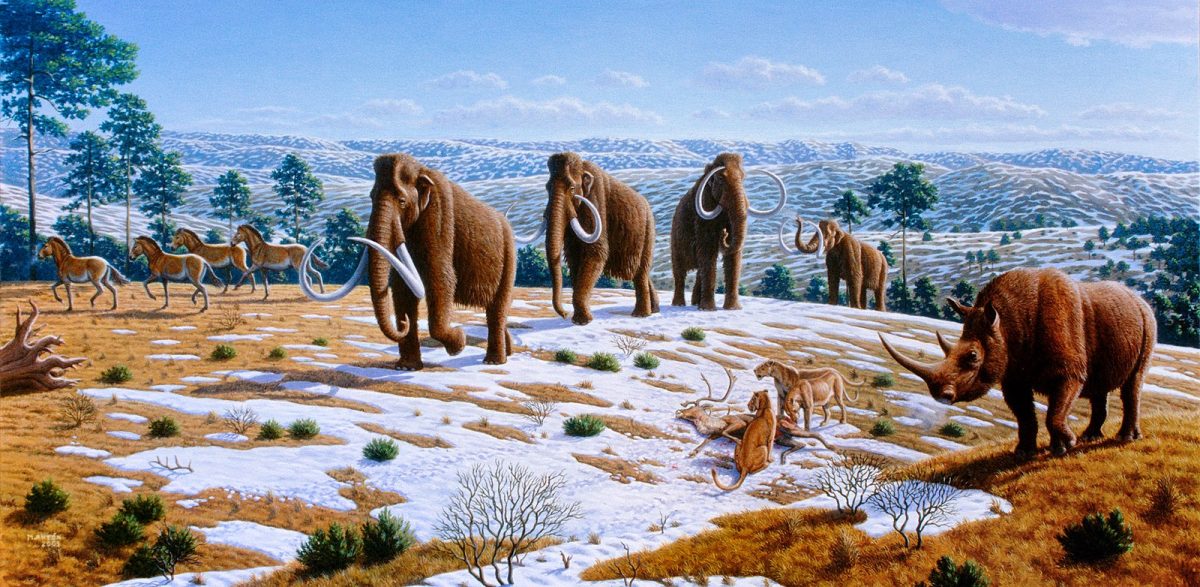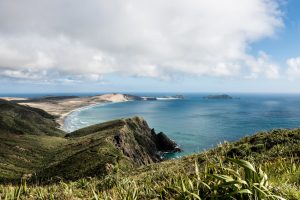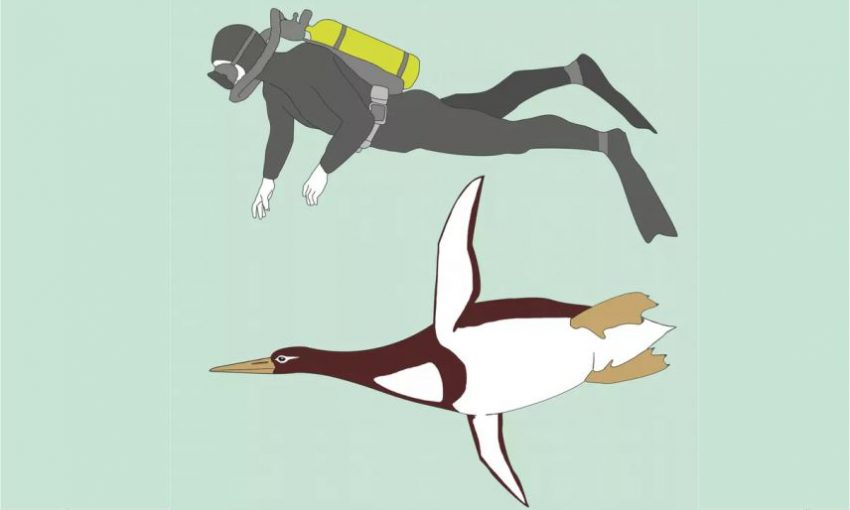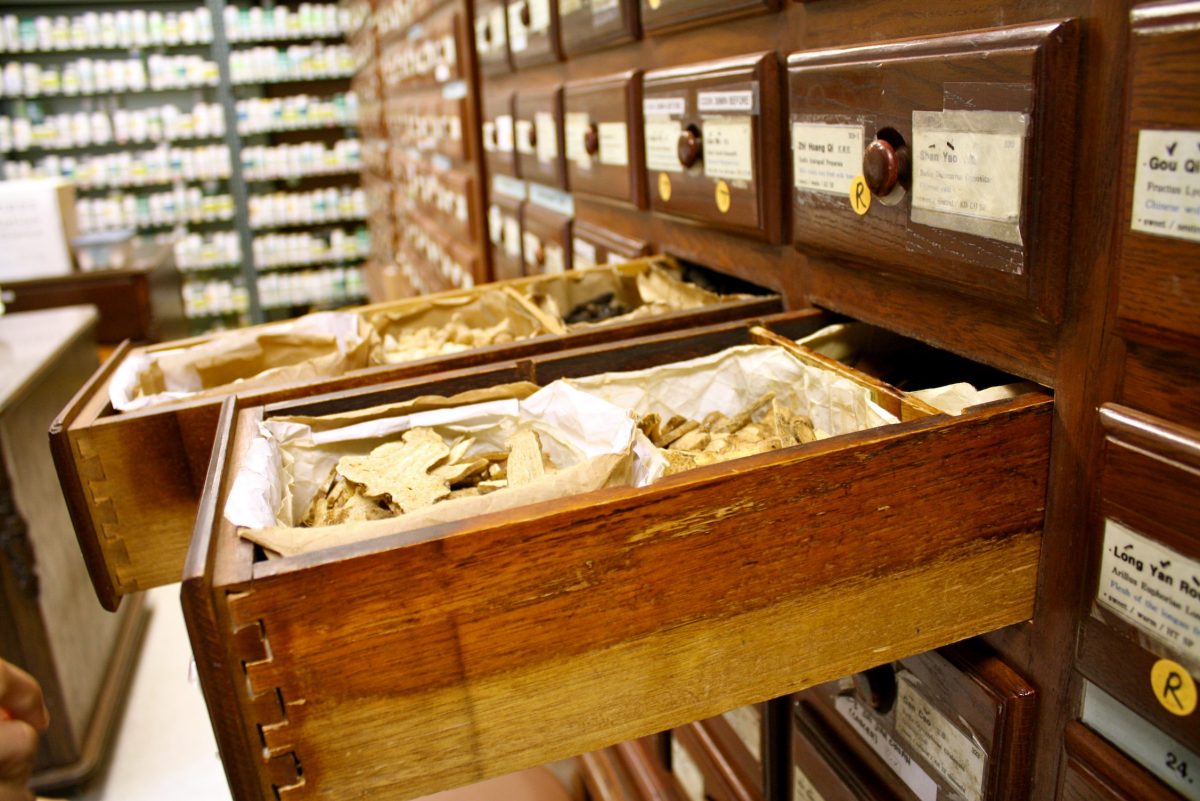Conservation comes down to values. Do we only focus on the charismatic animals and the things we can see, or do we conserve the out-of-sight, out-of-mind Lilliputs? If that world collapses, you can be sure ours is next.
I’m standing in the basement of our National Museum Te Papa Tongarewa surrounded by the ghostly remains of New Zealand’s bygone bird fauna.
Around me are row upon row of subfossil bones of giant moa to tiny wrens. Vividly preserved bird skins stare at me with vacant eyes as if awaiting word to stand up as sentinels to the currently unfolding biodiversity crisis, like those in Bill Hammond’s famous birdman paintings. Continue reading “From Aptornis to Zosterops: What can be done about an extinction crisis 50,000 years in the making?”







